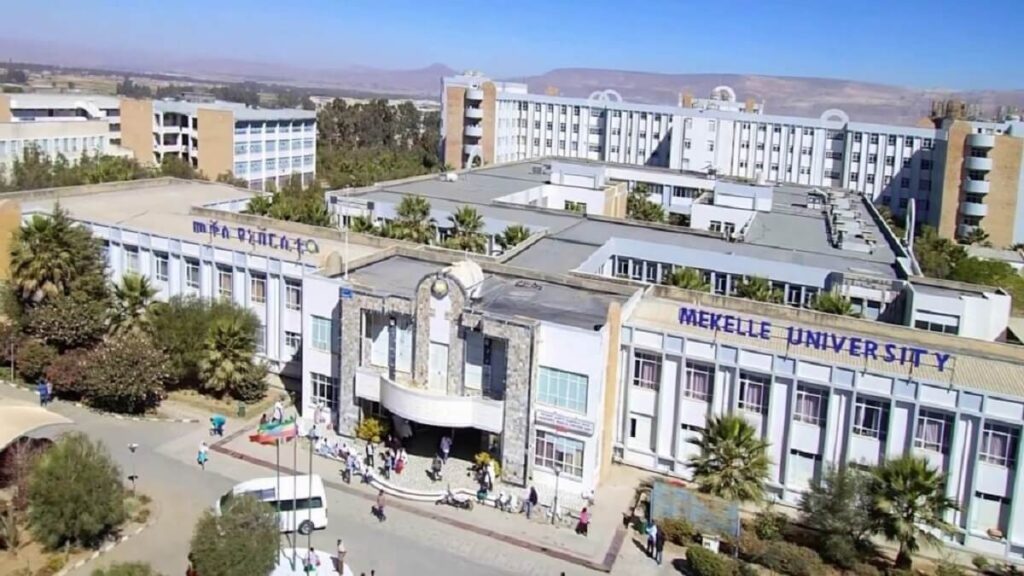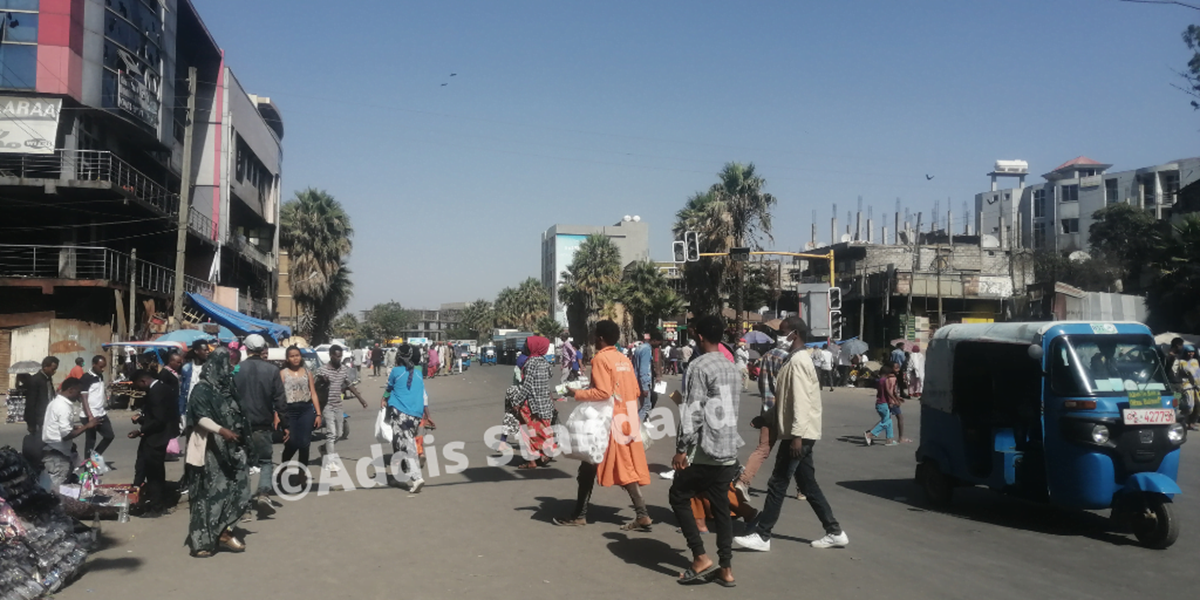News: Two-year war leaves 86% of Tigray’s healthcare facilities devastated: new report

Addis Abeba – A recent report published by the World Health Organization (WHO) portrays the devastating effects inflicted upon healthcare facilities and medical resources in the Tigray region during the two-year war that ended in November 2022.
The report discloses that an alarming 86% of the 853 health service delivery units in Tigray have endured varying degrees of structural damage, while 71% of medical equipment remains partially nonfunctional. It also emphasizes the complete destruction of 28 health facilities in Tigray, leaving the equipment in an additional 232 facilities completely unusable.
Abi Adi General Hospital is one of the health institutions that have suffered extensive damage as a result of the war in Tigray. According to Dr. Ashanafi Gebrselassie, a specialized medical doctor at Abi Adi, the hospital has experienced significant resource loss, including a depletion of skilled staff, as a direct consequence of the conflict.
He reveals that over 85% of the hospital building has been damaged, resulting in the complete destruction of medical equipment, particularly those used in the operating rooms. Additionally, the hospital beds and medical machinery stored in the warehouse have been looted.
Prior to the war, Abi Adi General Hospital served over 600,000 patients annually, but its present capacity is only enough to cater to a quarter of that number.
According to the report, 92% of the total of 825 health facilities in Tigray remain partially functional, primarily due to a lack of medical supplies, equipment, and financing. Conversely, residents have complete access to only three percent of the medical facilities in the region, while the majority (97%) have partial accessibility.
Carried out in collaboration with the Ethiopian Ministry of Health and the United States Agency for International Development (USAID) under the Health Resources and Services Availability Monitoring System (HeRAMS) initiative, the baseline report highlighted that the primary causes of destruction to buildings and medical equipment were conflict and looting.
Specialized, referral, and general hospitals were the primary targets of these incidents. According to the report, Ayder Comprehensive Specialized Hospital, the sole specialized hospital in the region, as well as 12 other general hospitals, suffered significant damage.
In October 2022, Addis Standard reported that Ayder Referral Hospital was on the verge of ceasing its operations entirely. During an email interview with Addis Standard, Dr. Kibrom Gebrselassie, the hospital’s CEO, revealed that doctors have been working diligently to prevent a complete shutdown of the hospital.

The only specialized hospital in Tigray, Ayder, experienced substantial damage, along with 31 other hospitals, as well as 722 health centers and posts, during the two-year war (Photo: ethiopianeurosurgery.com)
Launched by the WHO, the HeRAMS initiative aims to provide decision-makers and other stakeholders, especially donors, with critical and current information regarding the state of essential health facilities, resources, and services.
In January 2023, the Ministry of Health announced that 26 healthcare institutions, including eight hospitals in the Tigray region, had resumed offering essential healthcare services. Dr. Ayele Teshome, the State Minister of Health, stated that health supplies worth 200 million birr have been supplied to these healthcare facilities.
In August 2023, the United Nations Office for Project Services (UNOPS) announced that it would disburse €6 million for the maintenance and renovation of Kidane Mihret Catholic General Hospital in Adwa. The hospital currently provides medical services to over 70,000 individuals, including internally displaced persons.
Even though the federal government and some humanitarian organizations are making efforts to support these medical facilities, Ashanafi emphasizes that the aid provided is insufficient.
The latest WHO’s report is the first series of assessments that look specifically at the operational status of health facilities and medical equipment in Tigray. According to WHO, the second report series, which concentrates on the status of operational health facilities and medical resources in the Afar region, has been completed, and the report writing process is ongoing. Similarly, WHO has started the planning and preparation process in the Amhara region.
On top of Tigray, the Amhara and Afar regions have been significantly impacted by the two-year-long war. During a recent interview, Abate Getahun, the director of the Amhara Region Rehabilitation, Reconstruction, and Redevelopment Fund Office, revealed to Addis Standard that the projected cost for rebuilding the war-torn areas in the Amhara region exceeds a staggering half a trillion birr.
Although the conflict officially ended in November 2022, recent months have witnessed the resumption of fighting in the Amhara region between the federal government and the non-state militia group Fano. Despite the federal government declaring a six-month-long state of emergency in early August 2023 and the subsequent apparent decrease in hostilities, new clashes are currently taking place in various cities and towns within the region. This includes popular tourist destinations like Gonder and Lalibela. AS








